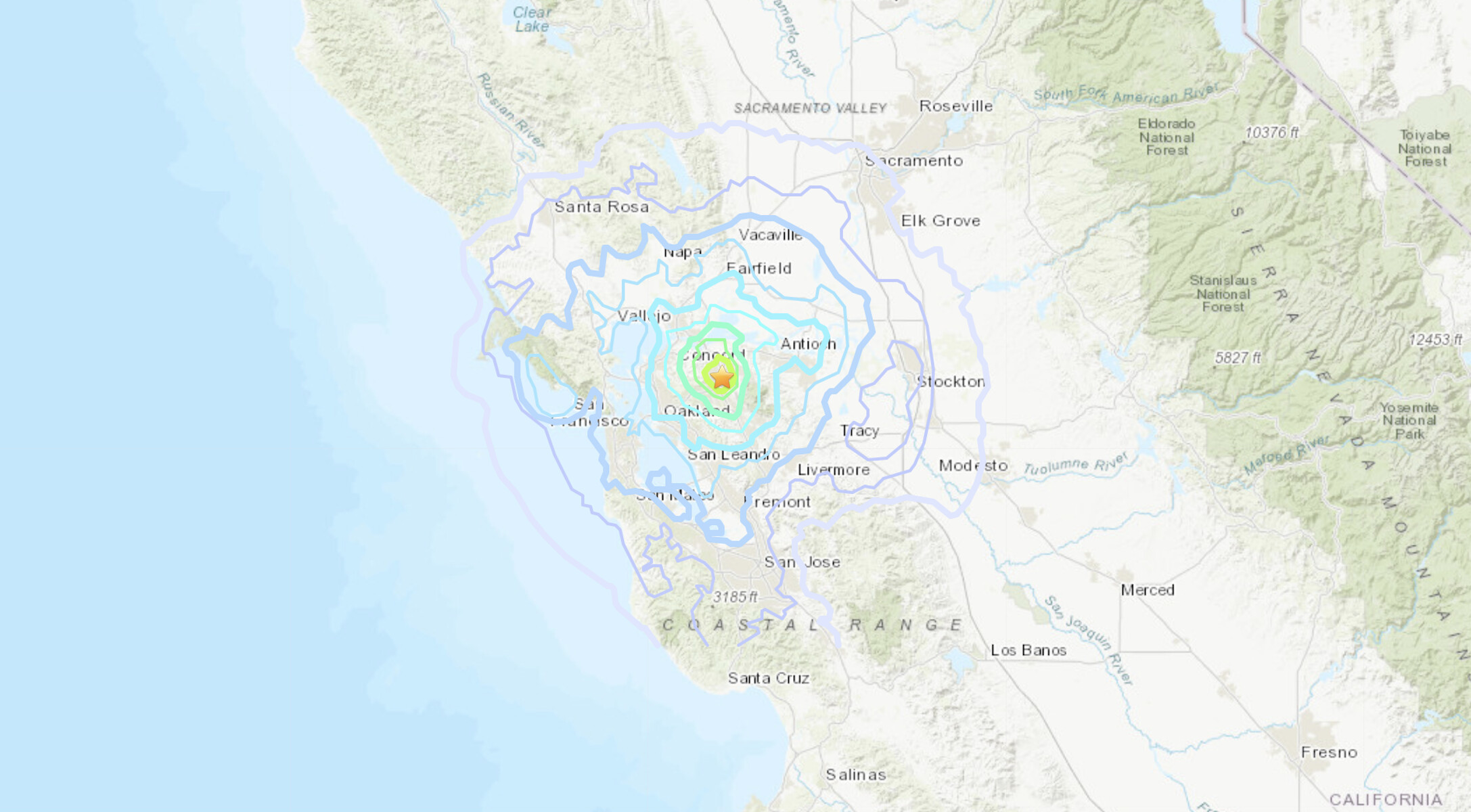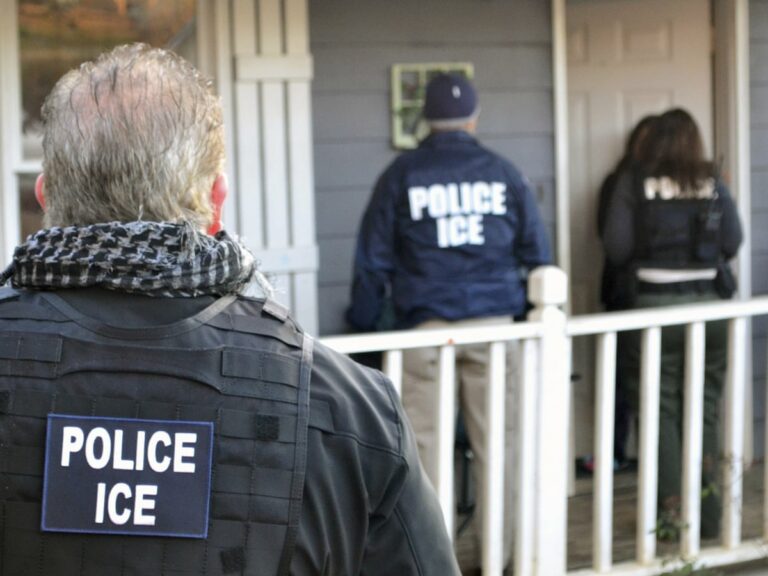
Magnitude 3.7 Earthquake Rumbles San Francisco Coast
On Monday, October 31st, 2022, at approximately 4:36 AM PT, a magnitude 3.7 earthquake shook the San Francisco Bay Area, with the epicenter located offshore of Pacifica, California. The temblor was felt by residents throughout the region, from San Francisco to San Jose and beyond. While no major damage or injuries have been reported at this time, the earthquake serves as a reminder of the ongoing seismic risk faced by the San Francisco Bay Area.
A Seismically Active Region
The San Francisco Bay Area is located on the San Andreas Fault, one of the most seismically active faults in the world. The fault runs for over 750 miles along the central coast of California and is responsible for some of the most destructive earthquakes in the state’s history, including the infamous 1906 San Francisco earthquake.
In recent years, the Bay Area has experienced a number of smaller earthquakes, including a magnitude 3.6 earthquake in Berkeley in 2019 and a magnitude 4.5 earthquake in Napa in 2014. These smaller earthquakes are a reminder that the San Andreas Fault is still active and capable of producing larger, more damaging earthquakes.
Preparedness is Key
While an earthquake like this is nothing to be concerned about, preparedness is necessary. Small quakes like this are a great reminder to have the basics in case of a larger event. This includes having a plan in place, knowing where to go and what to do if an earthquake occurs, and having an emergency kit with food, water, and other supplies.
It is also important to remember that earthquakes can strike at any time, so it is important to be prepared. This includes having a plan in place, knowing what to do if an earthquake occurs, and having an emergency kit with food, water, and other supplies.
Research and Analysis
The United States Geological Survey (USGS) is currently conducting research to better understand the seismic hazard posed by the San Andreas Fault. This research includes using GPS data to track the movement of the fault, as well as studying the history of past earthquakes in the region. The results of this research will help scientists to better predict the likelihood and severity of future earthquakes in the San Francisco Bay Area.
In addition to the USGS, there are a number of other organizations that are working to improve earthquake preparedness in the San Francisco Bay Area. These organizations include the California Geological Survey, the California Earthquake Clearinghouse, and the Bay Area Earthquake Alliance. These organizations provide information and resources to help residents and businesses prepare for earthquakes.
Conclusion
The Magnitude 3.7 earthquake that shook the San Francisco Bay Area on Monday, October 31st, 2022, is a reminder of the ongoing seismic risk faced by the region. While no major damage or injuries have been reported at this time, the earthquake serves as a reminder of the importance of being prepared for future earthquakes. Residents and businesses should take steps to prepare for an earthquake, including having a plan in place, knowing what to do if an earthquake occurs, and having an emergency kit with food, water, and other supplies.




